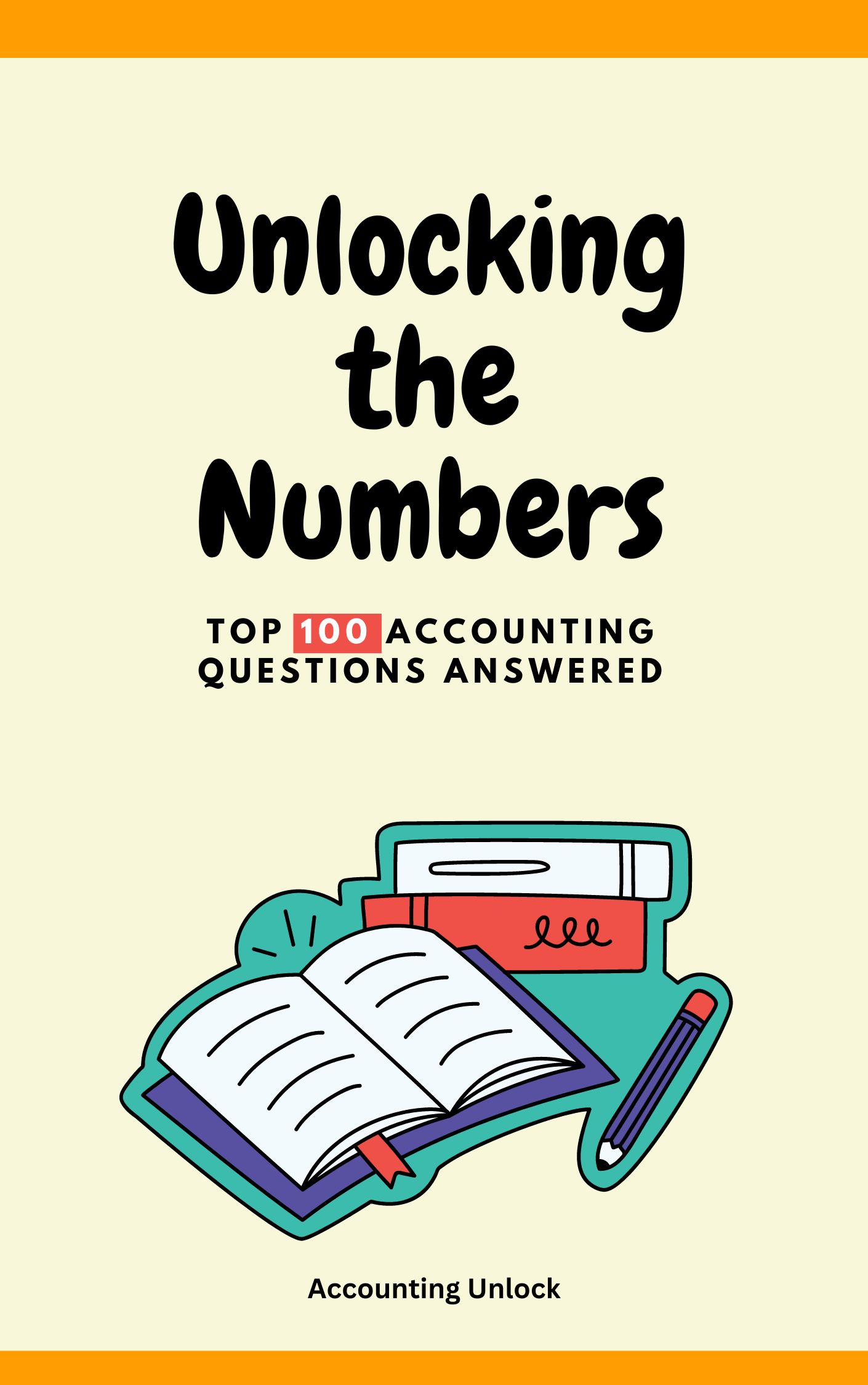Hey there, financial detectives! Ever stumbled upon “bad debt” and felt like you wandered into a financial haunted house? Don’t worry, it’s not some ghostly ghoul stealing your savings! Think of it as a financial boo-boo, like a missing slice from your money pie. It’s money you lent out that never comes back, like that friend who always borrows your lunch money and forgets to pay you back (we’ve all been there!).
Imagine you run a lemonade stand on a scorching summer day. You’re thirsty for more customers, so you offer credit to your coolest friend, promising they can pay you back later. But what if, after gulping down gallons of your sunshine-infused drink, they skip town without paying? That, my friends, is bad debt – your delicious lemonade gone missing from your financial pie.
Here’s how it works:
- Loanly lending: You extend credit to someone, expecting them to pay you back (like trusting your friend with your lunch money).
- Poof, it’s gone! They don’t pay you back, leaving you with a financial hole (like your friend vanishing with your lunch).
- Bad debt blues: You have to write off that missing money as bad debt, accepting it’s lost like a spilled glass of lemonade.
Bad debt isn’t just for lemonade stands, it happens to businesses of all sizes, from corner stores to airlines.
Real-world example:
Think of a clothing store that offers credit to customers. Some might not pay their bills, leaving the store with bad debt. This hurts their finances, forcing them to be cautious about who they offer credit to, just like you might be wary of lending lunch money to the same friend again.
Key points about bad debt:
- Money owed that is unlikely to be repaid.
- Can occur when businesses or individuals extend credit.
- Affects businesses’ financial health and profitability.
Remember, bad debt is like a financial warning sign, reminding us to be cautious about lending and protecting our money.





